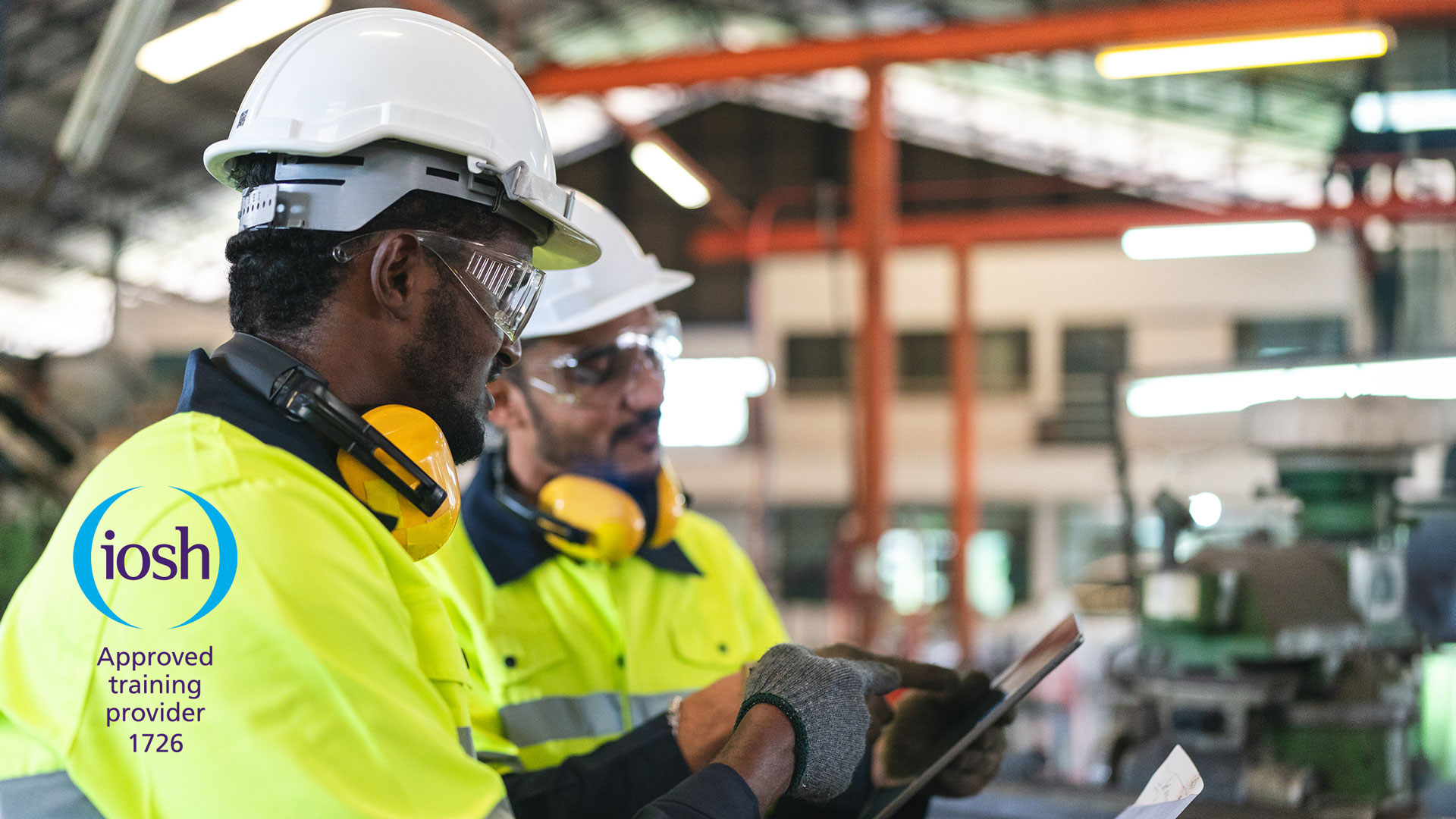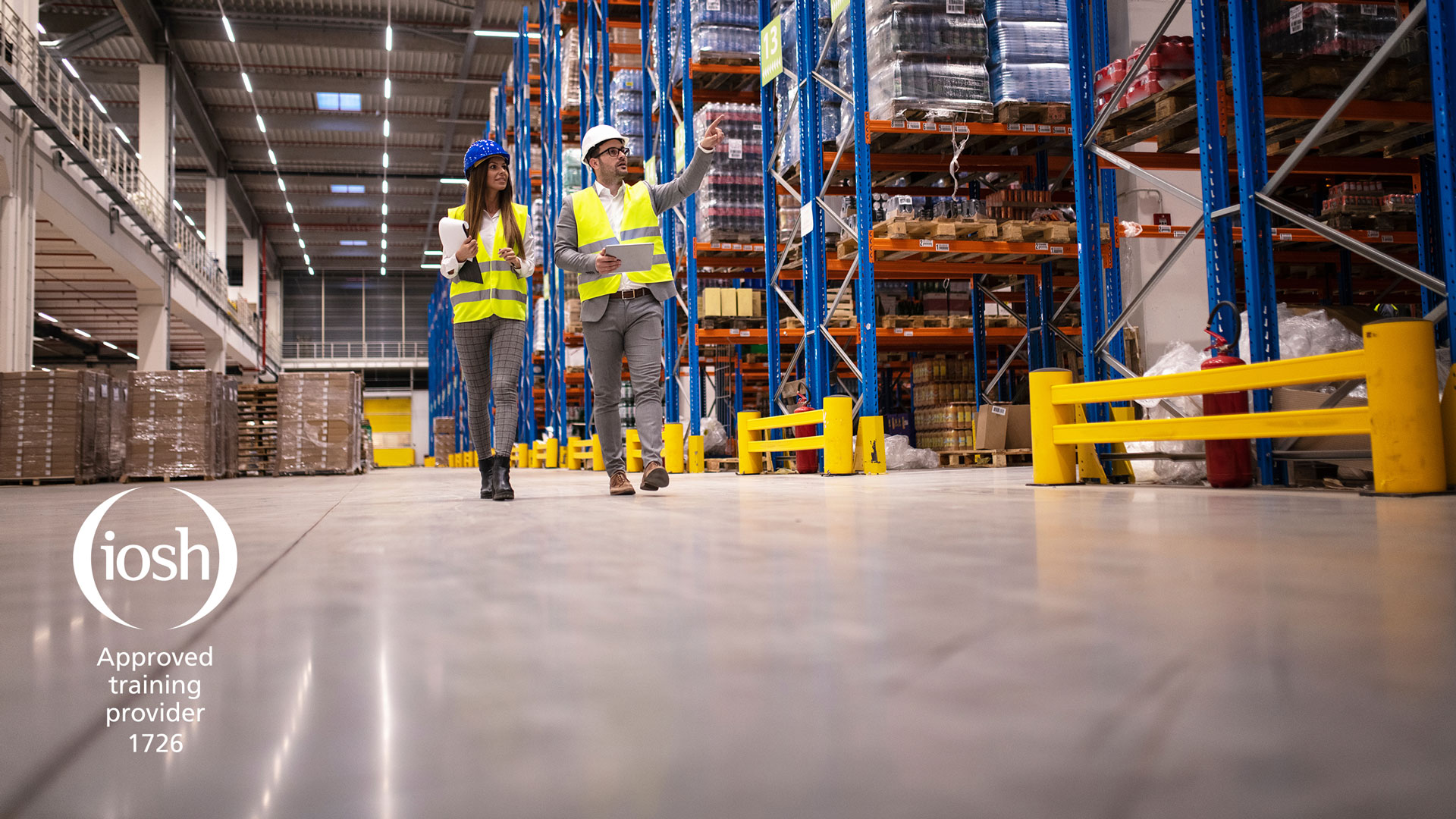RISK
NEWS
Preparing to reopen your business after lockdown: health and safety must come first
13 May 2020
Following the Prime Minister’s announcement on that some lockdown restrictions will be lifted and those that cannot work from home should be encouraged to return to work, certain businesses will be preparing to reopen. But, occupational health and safety body IOSH warns, workplaces must be risk-controlled and put health and safety first – to avoid becoming “places of transmission” of the coronavirus. IOSH says:
“Leaders must thoroughly plan and organise the reopening process, using good risk intelligence from health and safety professionals, who can help ensure that proportionate safeguards and controls are in place."
The government has published guidance for employers to help them get their businesses back up and running and workplaces operating safely. New ‘COVID-19 secure’ guidelines have been made available to employers covering eight workplace settings which are allowed to be open, from outdoor environments and construction sites to factories and takeaways. It sets out practical steps for businesses focused on five key points, which should be implemented as soon as it is practical:
1. Work from home, if you can
All reasonable steps should be taken by employers to help people work from home. But those who cannot work from home and whose workplace has not been told to close, should go to work. Staff should speak to their employer about when their workplace will open.
2. Carry out a COVID-19 risk assessment, in consultation with workers or trade unions
This guidance operates within current health and safety employment and equalities legislation and employers will need to carry out COVID-19 risk assessments in consultation with their workers or trade unions, to establish what guidelines to put in place. If possible, employers should publish the results of their risk assessments on their website and all businesses with over 50 employees should do so.
3. Maintain two metres social distancing, wherever possible
Employers should re-design workspaces to maintain two-metre distances between people by staggering start times, creating one way walk-throughs, opening more entrances and exits, or changing seating layouts in break rooms.
4. Where people cannot be two metres apart, manage transmission risk
Employers should look into putting barriers in shared spaces, creating workplace shift patterns or fixed teams minimising the number of people in contact with one another, or ensuring colleagues are facing away from each other.
5. Reinforcing cleaning processes
Workplaces should be cleaned more frequently, paying close attention to high-contact objects like door handles and keyboards. Employers should provide handwashing facilities or hand sanitisers at entry and exit points.
IOSH is making its own guidance available, featuring risk assessments that will highlight the steps businesses need to take to ensure their premises are safe to open. Measures are likely to include redesigning processes to allow for physical distancing and also ensure adequate ventilation, plant inspection, hygiene arrangements and personal protective equipment in their planning. Awareness training around COVID-19 and ongoing monitoring and mental health support should also be factored in.
Richard Jones, Head of Policy and Regulatory Engagement at IOSH, said:
“Health and safety must come first. People shouldn’t re-enter workplaces until employers are certain that they’re properly managing the risk of infection and providing the support that workers need. Prevention has to be the focus because, if organisations don’t get this right, workplaces can become places of transmission.
“How do they ensure they get it right? This is where occupational safety and health professionals have a key role, providing good risk intelligence and awareness-raising and helping to design processes, whether it’s staggered shift patterns to support physical distancing or improved ventilation and hand and respiratory hygiene. Forward-looking employers and their workers are already benefiting from this sort of advice in their plans for a ‘new normal’.”
Other measures that businesses can consider, says IOSH, include creating safe one-way systems around buildings, to avoid people crossing each other in corridors, and minimising the number of people required on the premises at any one time.
They must also have arrangements in place for any suspected cases of COVID-19 going forward, requiring those with symptoms not to enter the workplace.
Duncan Spencer, Head of Advice and Practice at IOSH, said:
“We must be clear, it is the responsibility of business to assess significant safety and health risk; this includes COVID-19. Good risk assessment will help to identify measures that will reduce the risk of infection to staff and any other users of the workplace.”
You may also be interested in
RELATED CONTENT
RELATED COURSES

Introduction to health and safety gives learners a basic introduction to managing safety in their workplace.

The world’s best-known health and safety certificate, designed for managers and supervisors in any sector or organisation.

IOSH Working Safely is a one-day introductory health and safety training course for people at any level, in any sector.

IOSH Managing Safely Refresher is designed to provide continued support to managers dealing with workplace health and safety issues.

Health and safety at work is a serious business; getting it wrong could end up costing someone their life. It stands to reason that there should be so...

The legal term ‘reasonably practicable’ plays a crucial role in determining the level of care and precautions required in different areas of law, such...

Vicarious liability can be a formidable challenge for employers, causing responsibility to extend beyond the individual and creating shared accountabi...

Although we are edging closer to spring, many of us are still being affected by wintery weather and the shorter daylight hours. So, what can you do to...